the best review of Sony A7r II
Review: The a7R II is the Best Camera Sony Has Ever Made
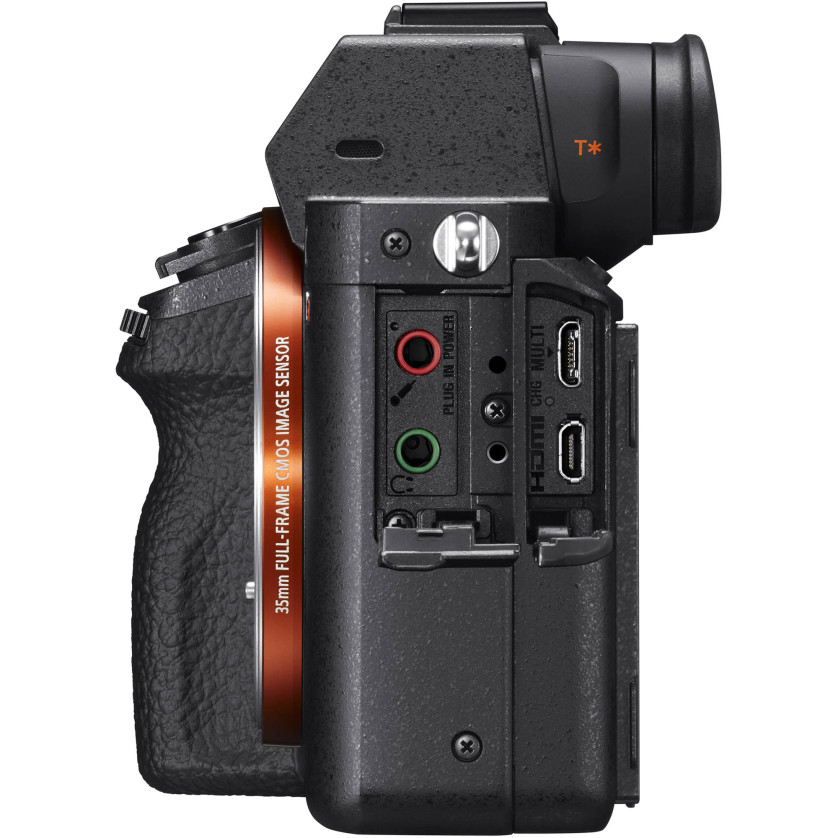
The Sony a7R II is built extremely well, and feels great in hand. If you have held the a7 II, you already know what I mean. The grip isn’t the absolute best on the market (I’ll leave that with the Nikon D750), but it at least feels robust and sturdy. I don’t have particularly big hands, so it fits really well into my grip. If you do have larger hands, it might still feel small and toy-like, but nothing like the original a7R which was an absolute pain to hold.
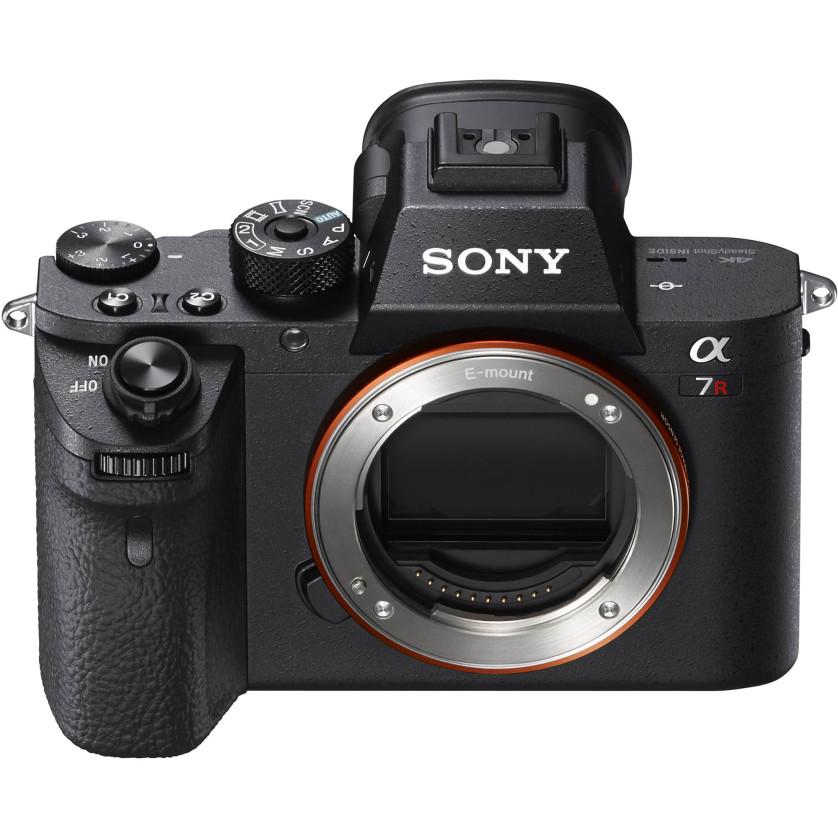
Sony has designed the camera to be well controlled from buttons and dials found all around the body, rarely asking you to use the menu system to access anything you would need on the fly while shooting. Four custom function buttons and two custom settings allow you to really build out your a7R II to fit exactly what you want to shoot and how you want to shoot it.
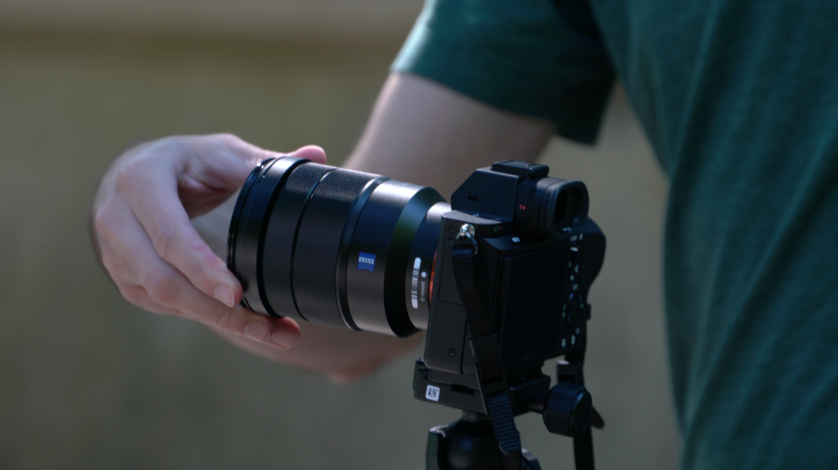
In terms of weight, the camera is really dense. It weighs more than you expect for such a small body. Most of that weight is centered around the sensor, for obvious reasons. When I held it in one hand and a Canon 60D in the other, they felt about the same.
Though it is weather resistant, it’s not weather sealed. Heavy rain, heavy mist or a strong dust or sandstorm will ruin your a7R II. Though many of us will never put our cameras through that kind of punishment, just know what the a7R II can handle. It’s tough, but not indestructible like a DSLR.
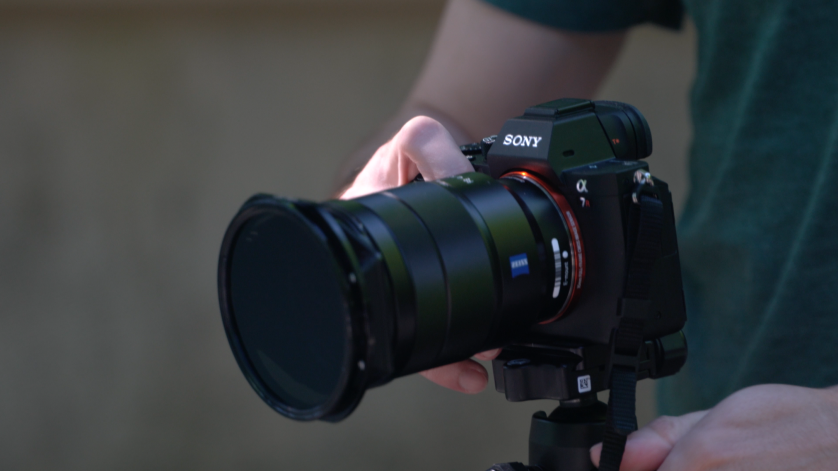
The rear screen tilts, but it doesn’t flip out. For those who like to stand to the side of their cameras or be able to view what the camera is seeing from the front, you’re out of luck here. In speaking with the Sony engineers, there is no real reason they didn’t make this a flip out screen other than they chose not to. They could have, they just didn’t. I know many of you probably don’t care about this particular quibble I have with both Nikon and Sony, but it’s kind of a big deal. The flip out screens allow you to turn your monitor around during storage as well as view it from multiple angles. From a user standpoint, it’s just superior in every way. Ok, rant over.
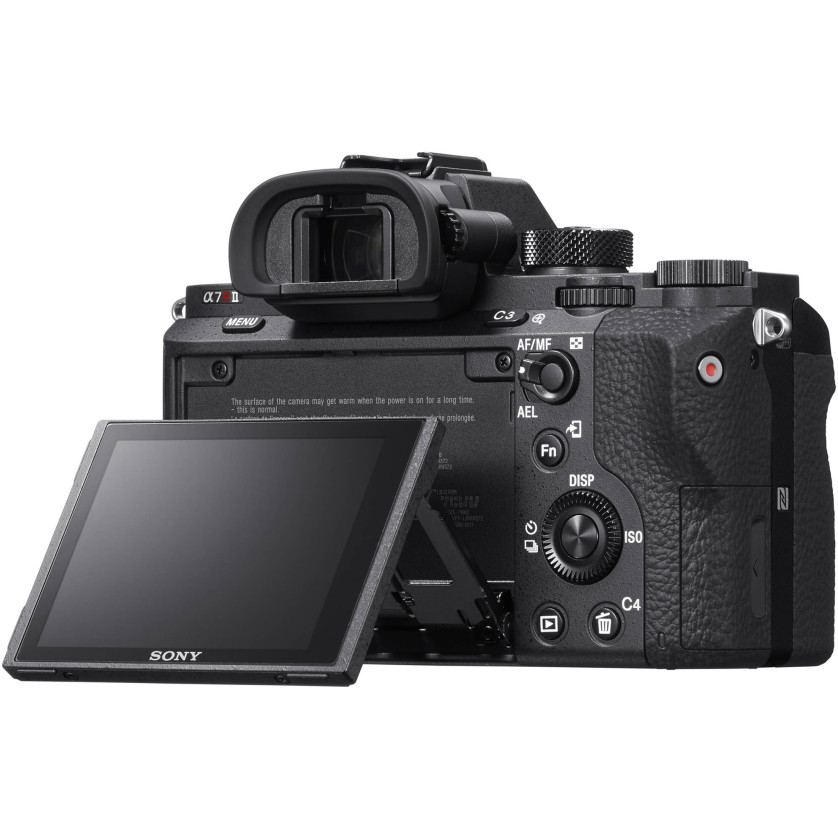
The EVF on the a7R II is pretty great, and though I do miss seeing the world as it is, I can understand now why many believe the EVF to be as good as or superior to a the traditional DSLR prism. This EVF mimics how the world is moving really well, so I hardly noticed it was basically just a tiny television in an eye cup.
Coming from a generally Panasonic user (and a Canon guy before that), the fact that the rear screen isn’t a touch screen is a bit strange. I know Sony has the ability to add one, and there are many cases (such as autofocus selection) where this would be helpful, but alas, it lacks one.
The internal 5-axis stabilization, combined with any IS in Sony lenses, is absolutely incredible. I was able to shoot the entirety of the video below (save for one clip where I had the Sony mounted to my Ronin) hand held. If I didn’t shake the camera slightly at the end of the final clip, you would think I was tripoded. I have not attempted to shoot hand-held in quite a long time, knowing how amateur it makes my footage look. With the Sony a7R II, you can absolutely do it, and expect very steady video as long as your hand doesn’t shake an absurd amount.
I also shot some footage while in a boat on a river, and though the footage is usable, it’s not perfect. The footage is relatively stable, but the 5-axis internal stabilizer couldn’t make it look like I was using a boat-mounted gimbal. This is fine, and I wasn’t expecting it to work in every case. It serves as an excellent reminder that no matter how good the tech is, it will have limitations.
When we look at autofocus, I was incredibly impressed. My experience with Sony autofocus has been hit or miss to this point, but the a7R II worked incredibly well. I always turn off the aim-assist beam because I find it incredibly annoying for anyone having their photo taken, and the camera didn’t seem to mind not having it. In bright daylight, the camera performed as well as any DSLR I’ve ever used. In darker environments, such as indoors, it was less reliable, but still good. Here’s the thing: the a7R II is not an action-oriented camera for reasons beyond the autofocus (which I’ll touch on below). Yes, the autofocus can reliably hit subjects in a wide range of lighting environments and situations, but it’s not going to beat out something like a Nikon D810 or a Canon 5D Mark III… and it’s not supposed to. The a7R II is a camera designed for those who will create sets, photograph landscapes or take portraits in controlled environments. Can it extend beyond that? Of course, and it performs admirably… but less reliably. If you’re going to take the a7R II out beyond its designed boundaries, it won’t work flawlessly all the time.
Below are some images, two of which are very action-oriented, that I was able to shoot using the highest frame rate available on the a7R II. The focus stayed really accurate and the images I captured look great.


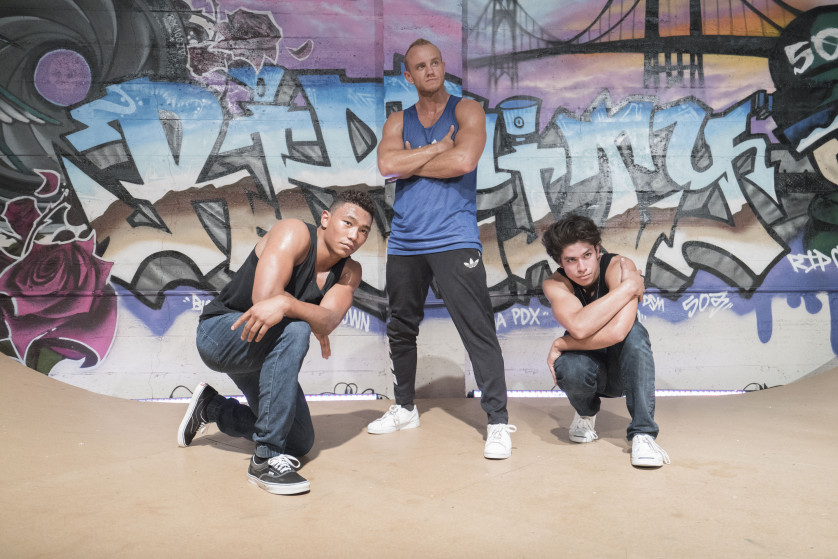
Ok, so the autofocus works pretty well… So why do I say that the a7R II not an action camera? Well, because it doesn’t have the most powerful processor. It’s very, very easy to overwork this camera when shooting at high frame rates. If you like having auto-review on (that function that shows you the last images you took automatically as you take them), then the camera will really bog down and essentially brick if you take more than five or six photos quickly. The problem here is that the camera will attempt to show you what you took and write that data to the card at the same time. No matter how fast your card is, you will be limited by the internal processor. In the situation described, attempting to change any camera function using the dials or review any images by hitting the “play” button will result in a “camera is in use, please wait” alert. Though you can still access camera features via the Fn button, it’s significantly slower than using the dials. I’m not sure why the camera lets you change settings like aperture, shutter speed or ISO via this menu rather than the dials or dedicated buttons, but there you have it. Also, if you hit play while the camera is busy, it will tell you to wait and then immediately forget you asked it to do something. On Canon and Nikon cameras, attempting to view images while the card is being written will at least leave you in a queue line that will show you an image as soon as it is ready. With the Sony, you have to regularly mash the play button until the buffer clears.
The way to get around the processor/buffer problem is to take away the auto-review, which allows you to control the camera regularly as if the processor wasn’t full… except you still can’t view images until the buffer completely clears. Here lies the reason why this camera is not ideal for action situations, more so than the generally good autofocus. The camera can take images very quickly up until about 15 images in the queue, and then it slows down to about half speed before totally bricking around 20-25 images. This seems like a lot, but when you’re firing off shots in a compact time frame, such as at a football game or during a performance, 20 to 25 shots happen very quickly. With a slower frame rate and the inability to check the quality of images you’re taking due to the busy processor, you’re basically spraying and praying to the max. It’s very unsettling as a shooter in the age of chimping (term for looking down at the rear LCD regularly to check quality of images) to not only deal with a processor that Sony admits isn’t super fast, but also be unable to review images quickly.
That is not to say that if you’re taking images at a rate of maybe one or two every five or six seconds that the camera isn’t stellar; it totally is. This is the pace that works well with the Sony. It’s only when you really are action-focused with your finger on the shutter button constantly will you notice a major problem.
But through my frustrations with the processor, I was regularly appeased by the absolutely stunning image quality and color rendition of Sony’s latest sensor: This camera captures absolutely breathtaking images.
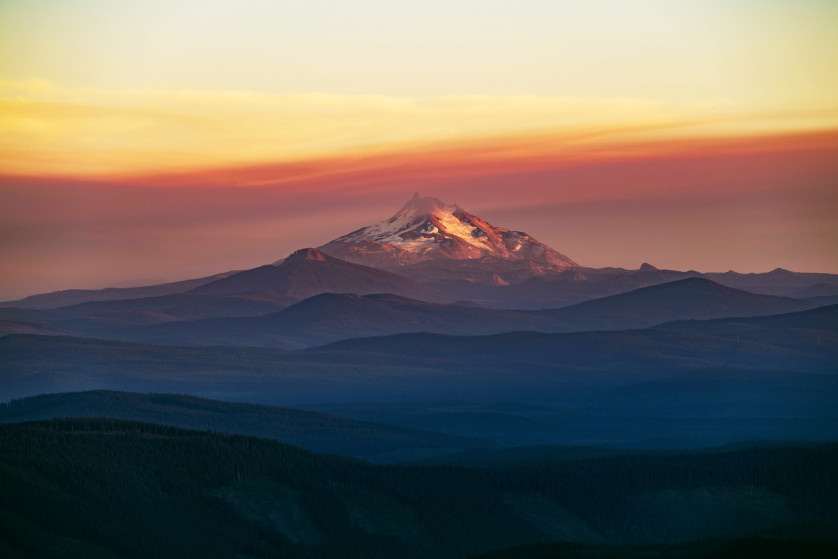
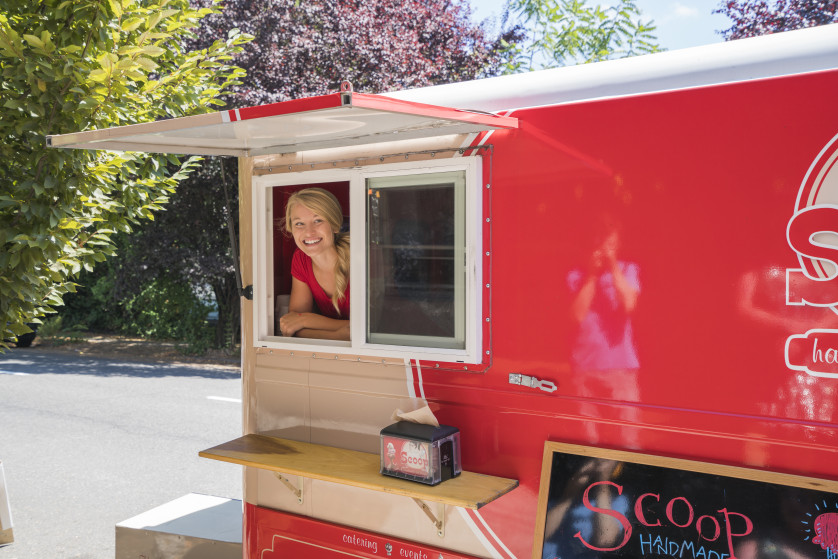
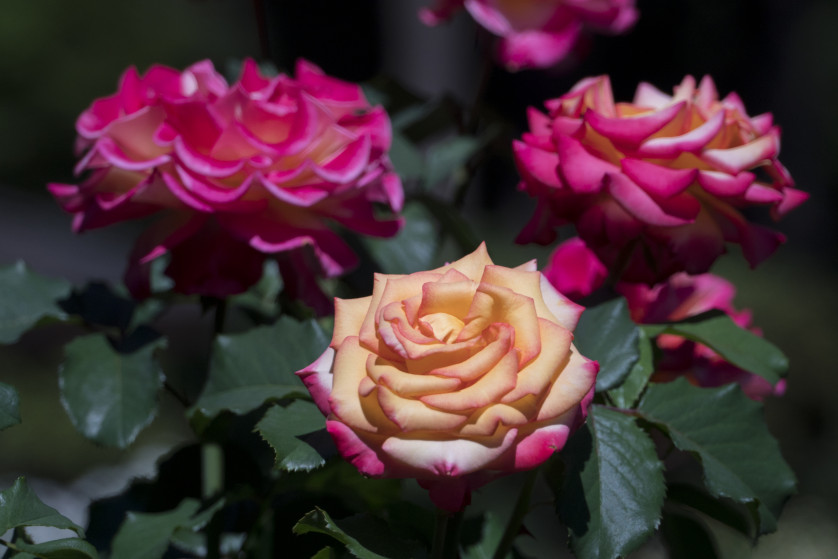

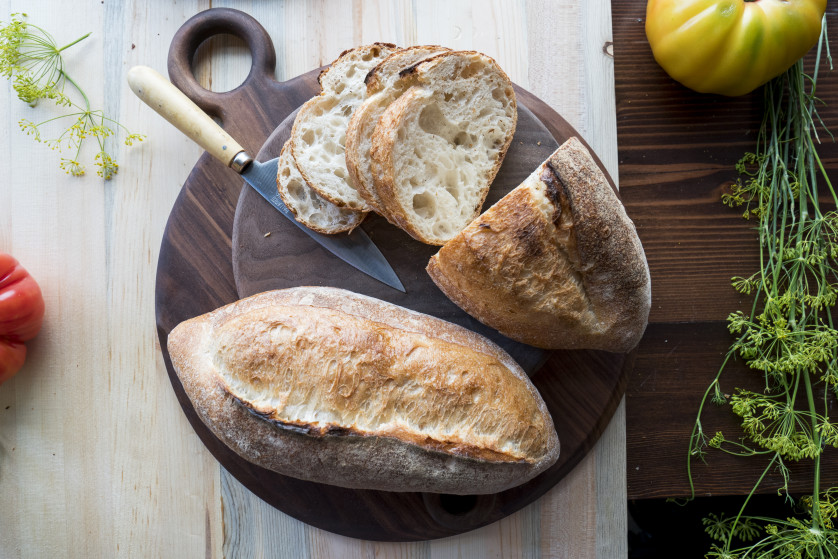

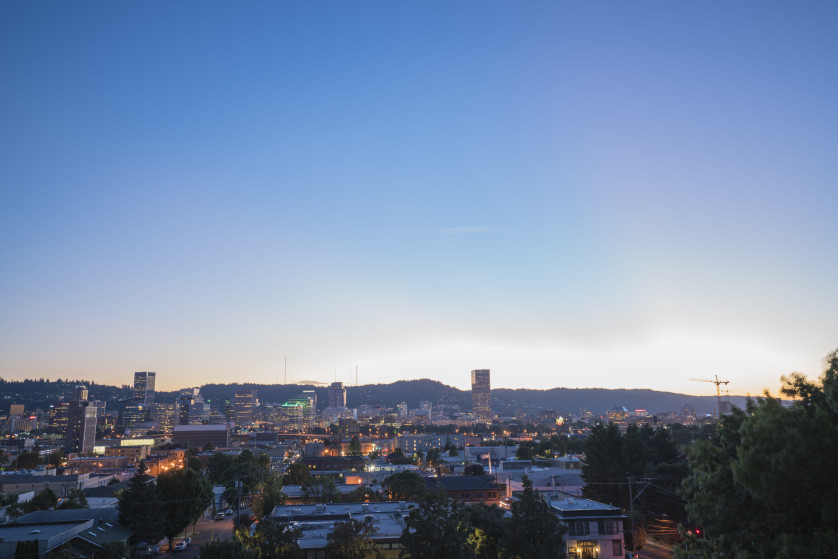
The ISO performance on the Sony a7R II is really, really good. You can get “usable” images all the way up to ISO 32,000, but if you want “clean” images, you should probably stop around ISO 8000. We have a set of sample ISO images from the entire range of the camera posted here, with a couple I’ll show below.
This is no a7S competitor when it comes to ISO performance, that much is for certain. It was easy to get excited about that possibility when we originally saw the touted “ISO up to 102,400” when the camera was released, but now we can see that was done for marketing reasons. The image quality at 102,400 isn’t total garbage, but it’s not “usable” in a professional capacity either. For now, you’ll still have to hold on to your a7S if you want the absurd low-light performance. The a7R II makes extinct the a7 II and the a7R, but not the video-centric a7S.
The dynamic range is incredible in the shadows, allowing you to pull multiple stops up and reveal detail your eye probably didn’t register. This is my original frame shot at f/16 and ISO 100:
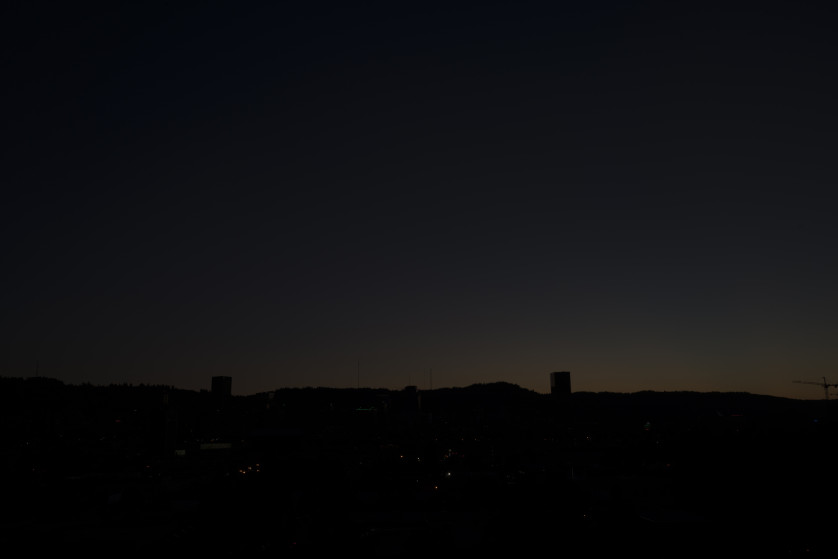
After pulling the photo into Photoshop and maximizing the Exposure, Shadows and Blacks setting, this amount of detail appeared:
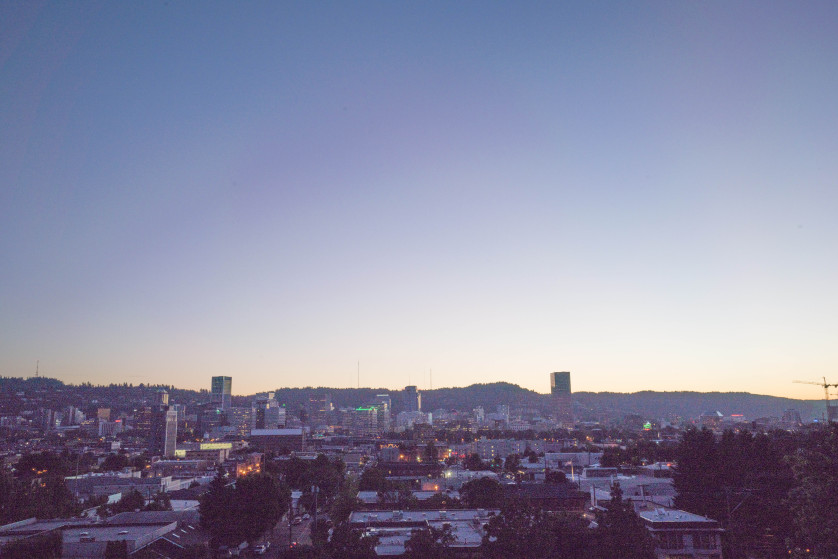
Is it usable? No, and the image is looking to give preference to a lot of purples and blues as well as showing a ton of noise. That said, this is super, super impressive. You can see the entire town down there, and this was from a frame that had absolutely no detail anywhere in the original frame. This goes to show how amazing the dynamic range in the shadows is.
The highlights range is almost as impressive. Here is my original shot:
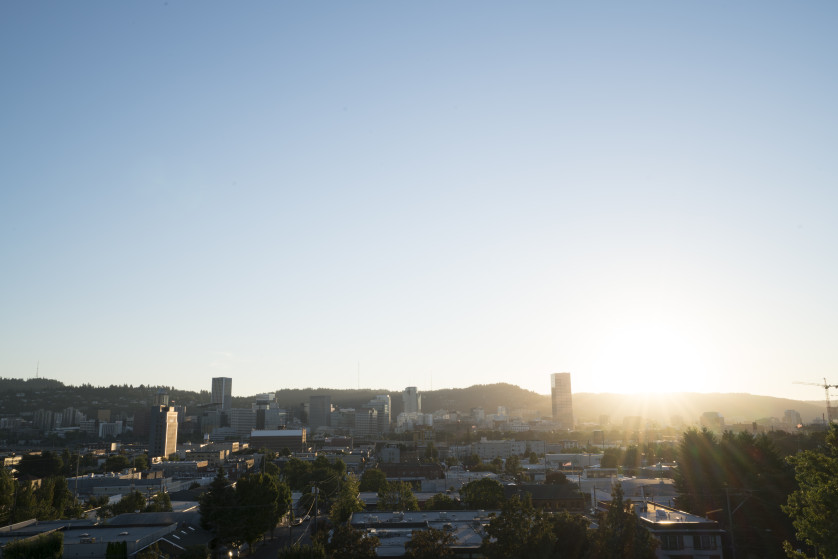
And I was able to reduce the highlights nearly entirely, only leaving a small area of blown highlights that is the sun:
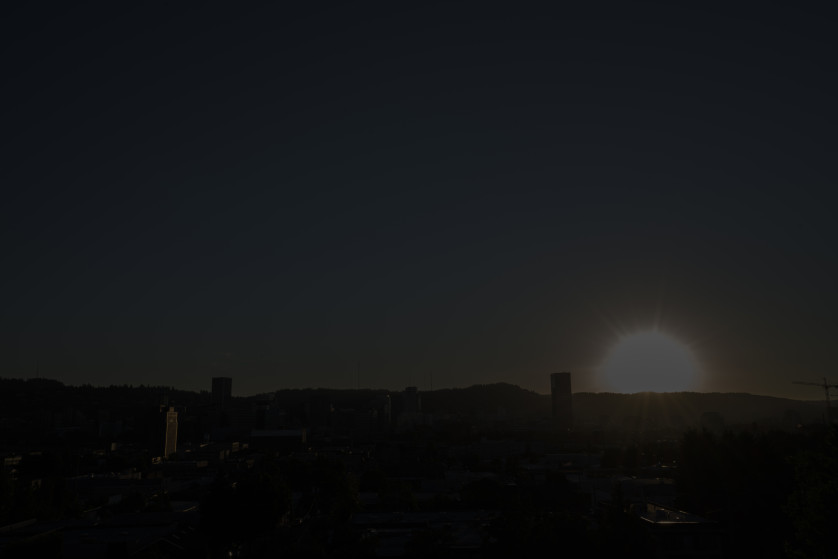
This is excellent performance, and much better than I thought it would do in the highlights. With these results, I’m pretty confident saying this is the best full frame sensor I’ve ever used with regards to dynamic range.
Shadow to highlight gradation is gradual and beautiful. In short, it’s outstanding. Let’s take a look at this image:
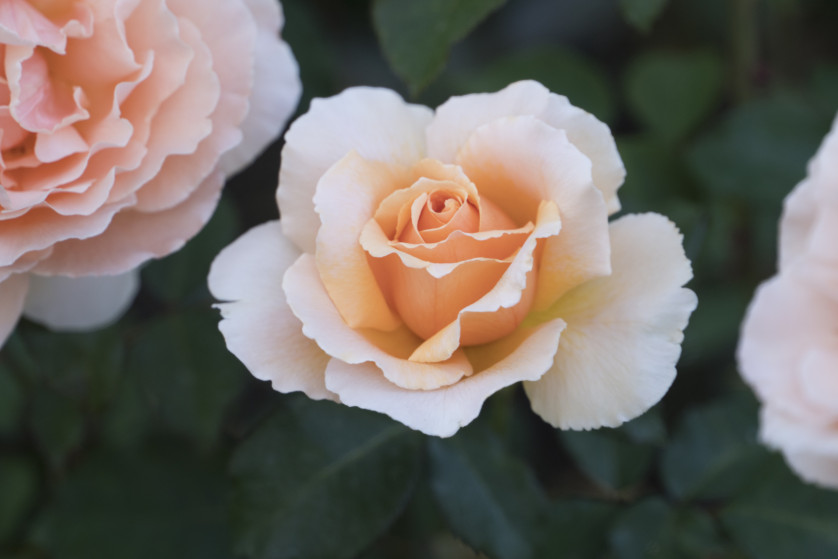
When we zoom in to over 100%, we can examine how the sensor is treating the transitions between the darkest and brightest areas of the image. In this case, look at how the dark orange transitions to the white. Notice anything?
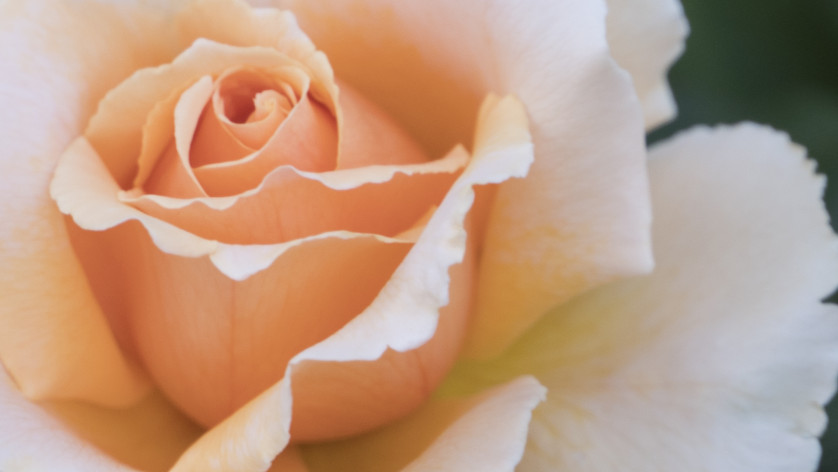
What I notice is that there is really no “line” that appears in the pixels when a shadow area moves into a highlight area. It’s all very gradual and natural looking, which is what we want out of a high-end sensor. The quality of how the Sony sensor is treating surfaces and light is outstanding.
For video, the Sony a7R II is amazing. It doesn’t have the number of shooting options video guys would be used to finding in any of Sony’s dedicated video camcorders or even those found in the Panasonic GH4, but the 4K video quality is superb. The a7R II has the ability to use the entire sensor to capture 4K video, but at a cost. Because the sensor is so large, the processor has to bin pixels in order to get even normal frame rates of 24p or 30p. This reduces the overall quality of the image, but to a degree you wouldn’t notice unless you were comparing it to the APS-C crop option. Yes, in the settings you can tell the a7R II to only use an APS-C sized area of the sensor, which increases the crop factor of your lenses, but also increases the quality of the 4K footage, as now the camera does not have to bin pixels in order to output normal frame rates. Besides that crop, there is no other difference between shooting modes.
Here is a still taken from 4K capture using the full area of the sensor:
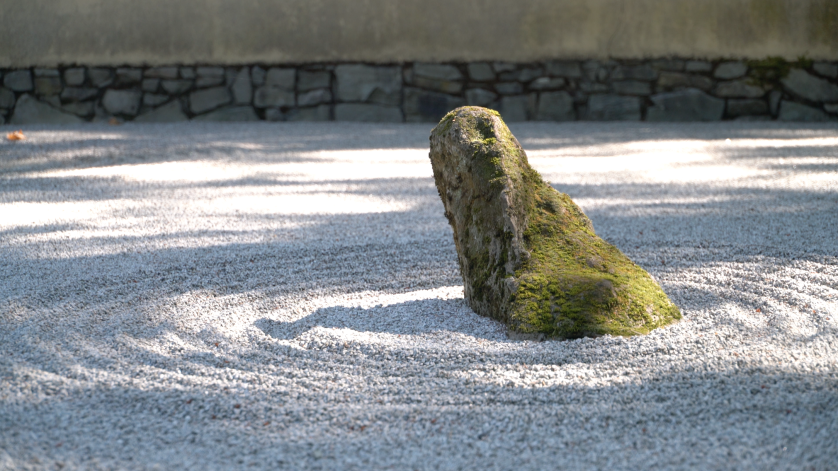
And here is the exact same scene with no settings changed, except now I’m shooting using only the Super 35 area of the sensor:
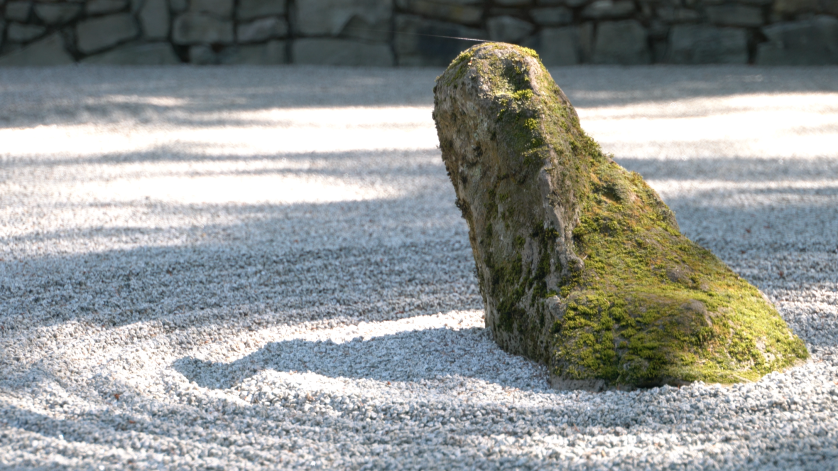
For most, the takeaway here is that you probably won’t notice a difference unless you’re intending to produce super high end video, and you have very discerning clients. Even then, the full frame 4K video looks spectacular. When you look at the APS-C crop 4K, it’s exceptionally good. Basically what I’m saying is if you plan to shoot video, you have a choice to compromise between “great” and “excellent.” Not much of a compromise, right?
Unfortunately, though it supports external recording, there is no real benefit to doing so. The camera is going to capture at most UHD 8 bit 4K, and that’s going to look the same whether you captured it internally on an SD card or through a very expensive Atomos or Odyssey recorder. It is my understanding that this was done because though Sony wants the a7R II to be a great video camera, it also should not poach on Sony’s highly regarded pro video line. This is classic “Canon think,” and it’s really unfortunate. There are reasons beyond recording capability and bit depth to buy a larger, more expensive pro-grade camcorder, and those who will be getting them will be buying them for those reasons in addition to recording quality. To not include cinema 4K or high bitrate via external connection out of fear that it would poach off another line is an argument full of loopholes. So there’s that.
Further explanation edit 10/20/2014: I kind of glazed over this external recording section because as far as color and bitdepth go, there is hardly a difference in going clean HDMI out. Internally, the camera records 4K 8-bit 420, and with HDMI out to an external recorder, you can get 4K 8-bit 422. It’s better, but not by much and it’s no 10-bit. That’s where I wanted to focus attention, and what I meant by “no real benefit.” That said, if you are so intent on ProRes, external recording is going to be better, however I really like the Sony XAVC codec used here. It looks stellar, and doesn’t make me yearn for ProRes, especially when it’s not going to be at 10-bit.
Let’s take a moment to talk about battery life: it’s not great. There are a couple reasons that the battery in this camera isn’t really very good, and the biggest one unfortunately is a weird design choice by Sony. Sony did not build in a way to actually turn off the rear screen when the camera is not in use. There is a way to make it go black, but it’s still actually illuminated and is still using battery power (this is such a bizarre design choice, it baffles me). Though you can set the camera to go to sleep after 10 seconds (that’s the shortest amount of time), it’s not ideal as the camera has to take a second to boot back up. This is because “sleep” is equivalent to turning the camera off entirely (I tested this by actually turning the camera off while it was asleep, and the camera didn’t make any adjustments; to it, it was already off). It would be better if the camera was on standby, but was not using any power to illuminate the back screen. The other reason the battery life isn’t fantastic is because it takes a lot of power to do what the Sony is doing to capture images. There is a lot of functionality, including running the LCD, that takes power. If you’re going to go out shooting for an entire day, shooting regularly, you’re going to need a backup battery. If you’re planning on shooting video, which is a very power-intensive activity, you might get an hour, hour and a half of regular use out of a full battery. That means you’re going to need to stock up, as any video person knows that’s never long enough.
Edit 10/20/2014: Turns out that the a7R II is the first camera in the alpha line that has a somewhat buried, hidden ability to turn off the rear LCD and only have the EVF on, which will save battery life. This wasn’t immediately apparent and when I brought up my concern to Sony representatives in person, they did not tell me about it. I only found out about it thanks to my friend Colby Brown. It’s not intuitive, and it’s not one of the default options when you hit the “display” button, like it is for other cameras, so I’m still not super sure why they didn’t make it easier. File this under “weird design choice.” At any rate, here is how you do it:
1. In the menu system, manually choose either “Monitor” or “Viewfinder” under “Finder/Monitor” (Gear – Section 4). Choose one.
2. Assign a custom button to “Finder/Monitor Select”. Now when you press that button it will completely turn off the one you are not using.
One last thing I want to mention is something that’s not unique to the a7R II, but applies to all the Alpha series cameras. Sony has made software that allows the camera to do many things beyond what it comes stock with, such as an intervalometer. Unfortunately, instead of just building it in like Nikon, Canon, Panasonic, etc. have, Sony has chosen to put up a pay gate in order to access the apps. You have to purchase the intervalometer, and other apps with interesting features, from a Sony camera app store and install them on your camera. Those installations can be done on a set number of cameras (I think it’s 10). This is really, really annoying. What I can get for free from other camera makers, I have to purchase in addition to the already high cost of the camera. It kind of flies in the face of what I was expecting, given what Sony is doing by upsetting the camera manufacturer apple cart. Is what they’re charging that much? No, it’s like MYR61, which I think contributes to my feeling that the app situation just feels petty.
Taking all of what I’ve said so far into consideration, this camera is a joy to use. I absolutely loved the shooting experience (except for the processor/buffer situation) and really loved this camera. It’s the first Sony camera I can really say that about, and I honestly find myself wanting one. This is the camera that will convert many who have been on the fence about Sony, and it’s the emphatic exclamation point for those who have been professing Sony’s greatness for the past couple years. Though it’s not going to work for everyone, it will work for and be loved by most.
Pros:
- Majorly improved ergonomics
- Small, compact design
- Excellent layout of buttons and dials
- EVF mimics real-life timing quite well
- Very customizable shooting experience
- Outstanding dynamic range
- Excellent image quality; gradations from shadows to highlights is superb
- Beautiful video quality in 4K, both in full frame shooting and APS-C modes
- Slow processor makes high speed shooting a literal drag; this is not an action camera, but it was never designed to be either
- Weird design choices in both software and hardware
- Tilt screen instead of flip out, no touch screen
- No way Convoluted way to turn off rear LCD while camera is on and fully operational
- While using image review, camera will brick until all images are written to card and buffer is fully clear… but not if you hit Fn (for whatever bizarre reason)
- Battery life leaves a lot to be desired
- Only UHD (broadcast 4K), not cinema 4K
- No built-in intervelometer, must be purchased as an add-on app from Sony
We give the Sony a7R II four and a half out of five stars for outstanding image performance, a wonderful shooting experience and beautiful 4K video with few compromises, leaving us giddy with excitement over what Sony will offer us next. For now, this is the best camera in the full frame class available on the market.
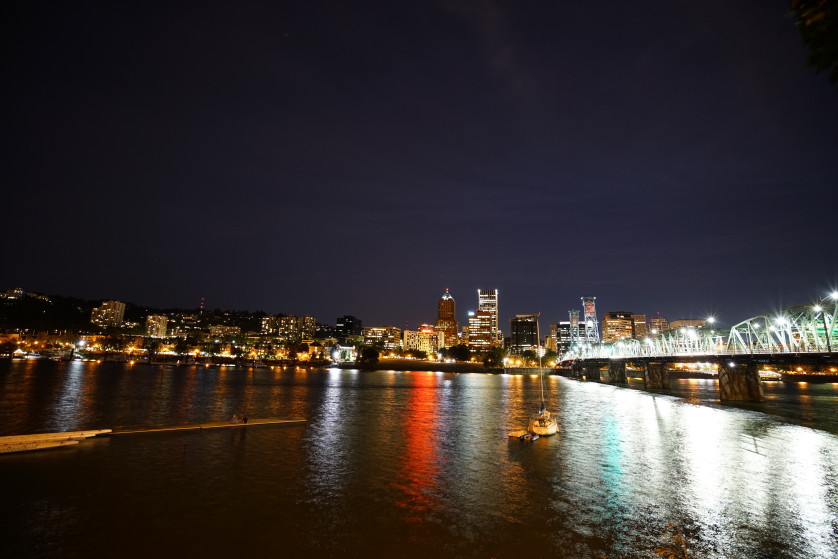
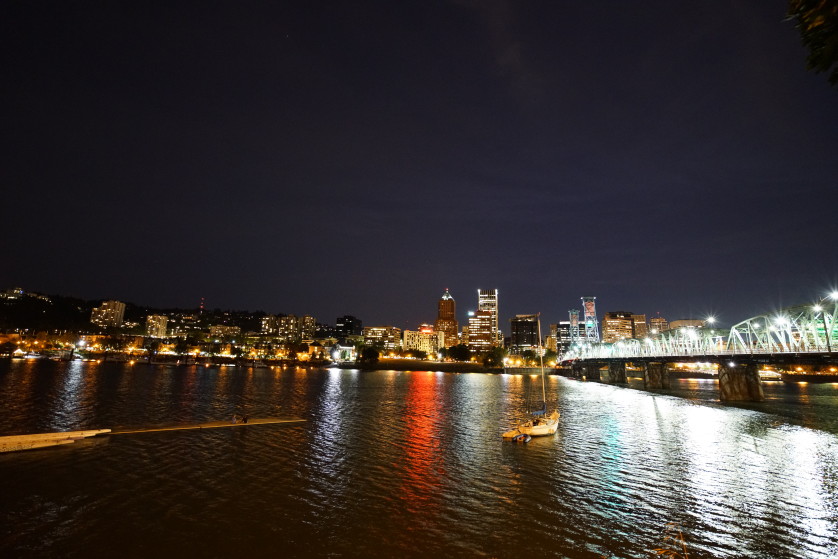
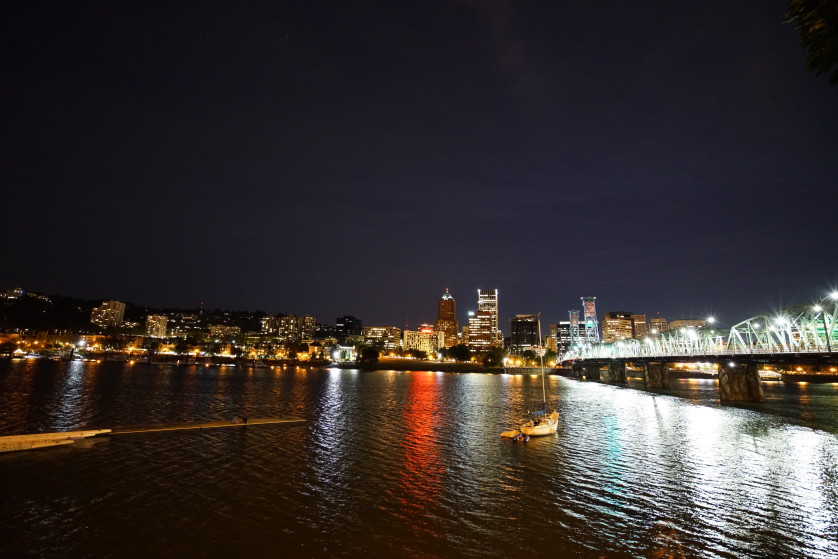
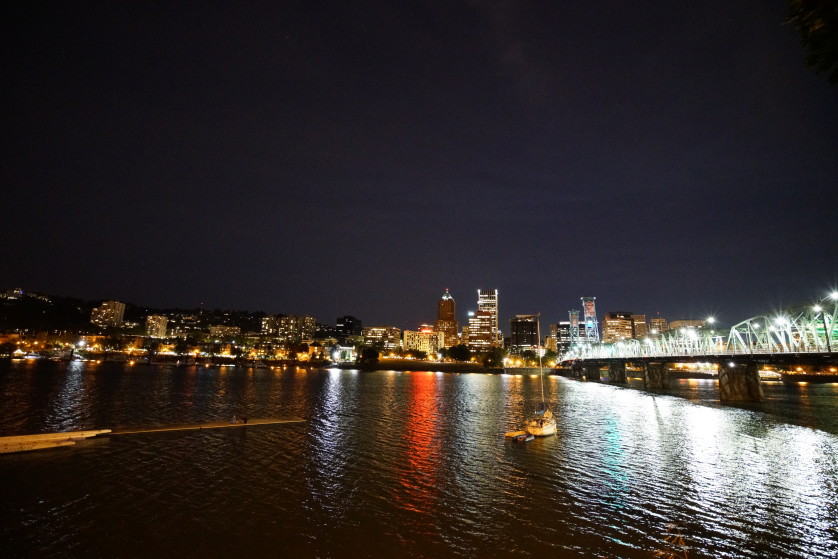
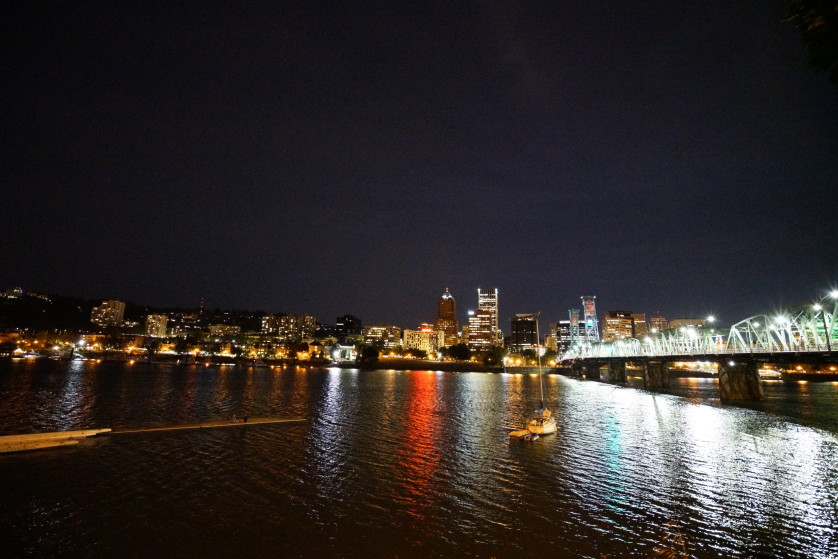
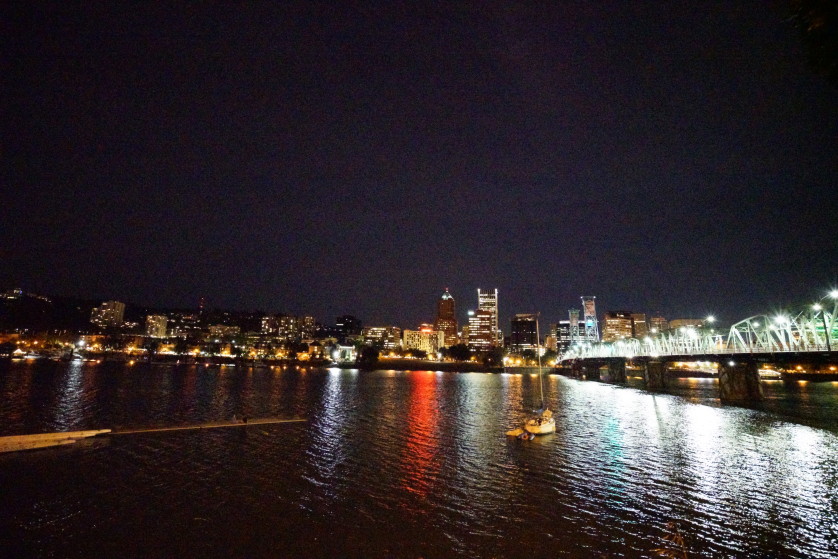
Comments
Post a Comment